From Rodriguez to Bernal: Colombia’s long ride to Tour de France success
Remembering the first Colombian team at La Grande Boucle
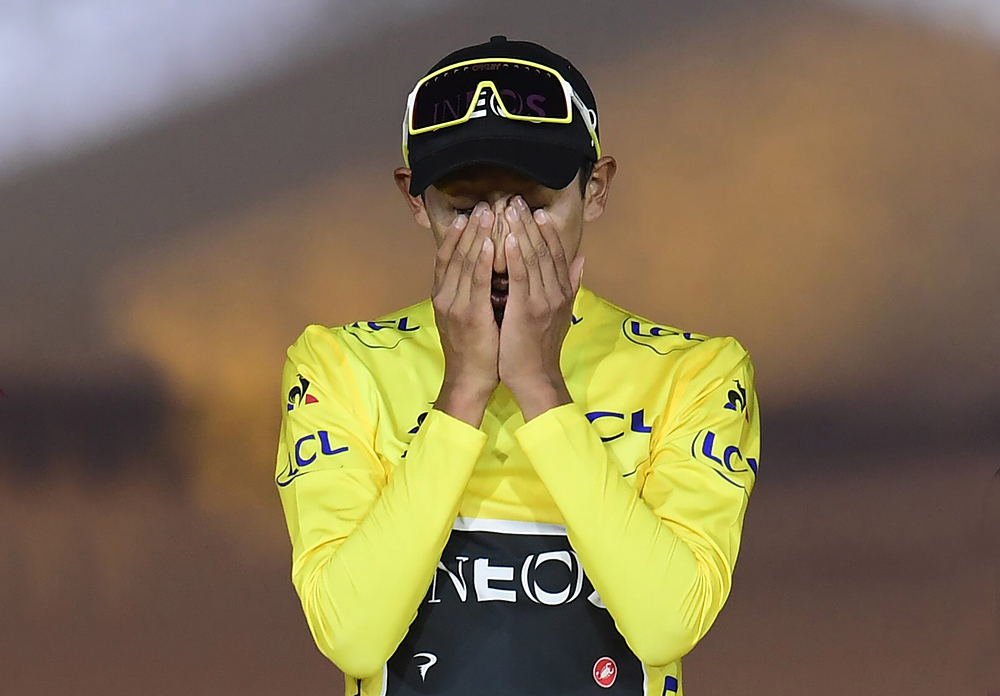
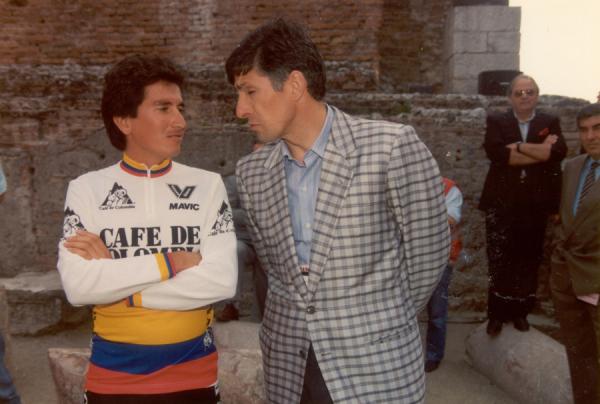
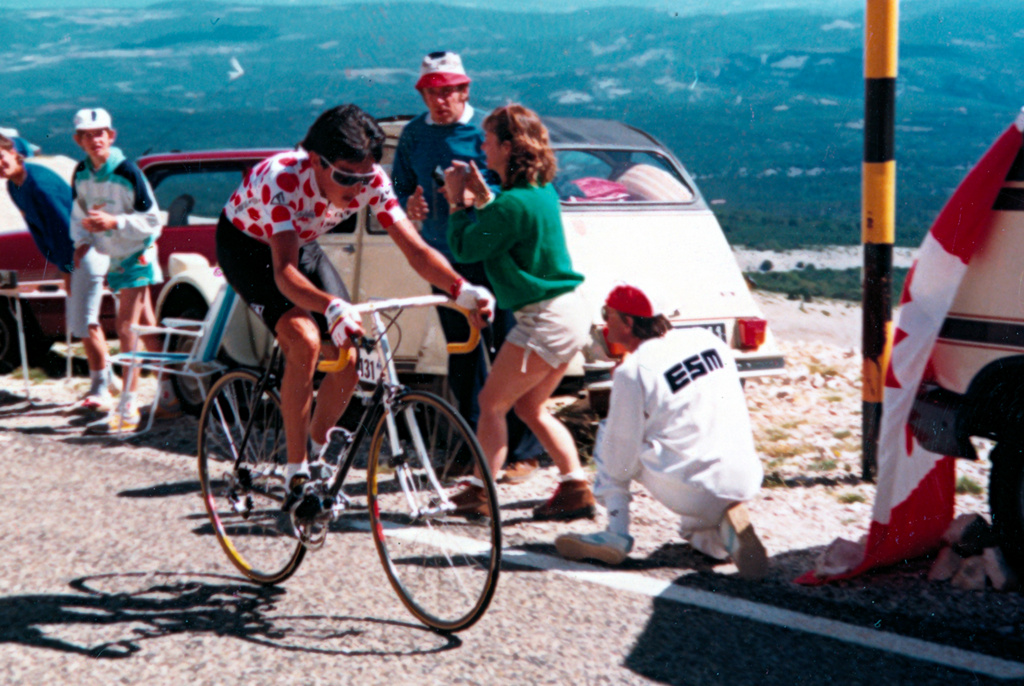
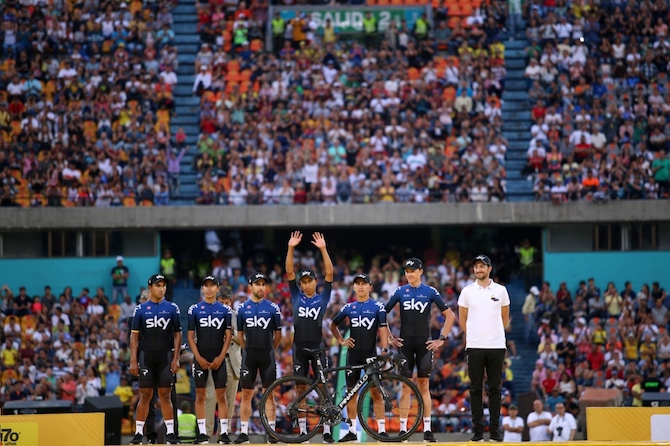
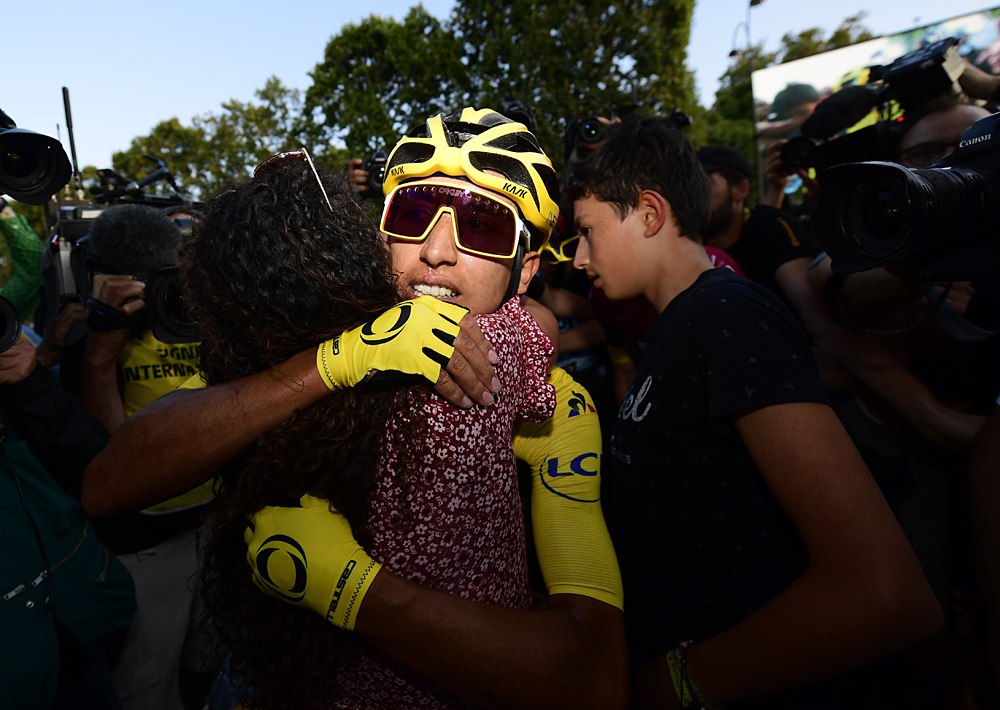
It’s often commented that Egan Bernal’s victory in the 2019 Tour de France opens up a new chapter in the race and for Colombia. But it also closes, at long last, another era in the history of his country’s cycling. By wearing the yellow jersey in Paris, Bernal has achieved something dubbed by Colombians as the sueño amarillo: the yellow dream.
More than four decades have passed since ‘Cochise’ Rodriguez, a former world track champion who raced for the Bianchi squad alongside Felice Gimondi, became the first Colombian to take part in the Tour in 1975. Since then, Colombia’s impact on the Tour de France has steadily increased, as well as in the Grand Tours across the board. But as Bernal repeatedly pointed out in his final press conference, despite all the podiums and triumphs in the Giro d’Italia and Vuelta a España, overall victory at the Tour de France had eluded Colombian cycling.
At the Tour, there have been numerous landmarks for the South American country since Rodriguez completed the race in 1975 in 33rd place. There was the first stage win in 1984, when Luis Herrera won on Alpe d’Huez. There was the first podium in Paris, when Fabio Parra placed third behind Pedro Delgado and Steven Rooks in 1988. There was the first yellow jersey in 2003, when US Postal’s Victor Hugo Peña, whose achievements as a swimmer led him to be nicknamed El Tiburon [The Shark], wore it for three days.
There have also been some serious low points, such as in 2010, when no Colombians raced the Tour for the first time in 27 years. It prompted leading national newspaper El Tiempo to ask wistfully: "Is there someone prepared to pay 5 million euros to sponsor a Colombian team so that this sad part of our cycling history not to be repeated in the future?”
Overall, Colombian riders have now won 20 Tour stages, and finished on the Tour podium six times – once with Parra, Bernal and Rigoberto Uran, and three times with Nairo Quintana.
Rodriguez has the honour of being Colombia’s pioneer in the Tour. However, the point where the cycling world sat up and took full notice of the Colombian presence in the race occurred in 1983 and 1984.
That was when the Café de Colombia-Varta squad was invited to take part in what organiser Félix Levitan had announced at the Grand Départ in 1982 in Basel would be an ‘Open’ Tour, in which professionals and amateur teams could participate. The ‘Open’ Tour strategy was aimed to give the Tour a more international appeal outside the traditional homelands of western Europe.
Get The Leadout Newsletter
The latest race content, interviews, features, reviews and expert buying guides, direct to your inbox!
Although feelers were put out by the Tour organisation to teams from the Soviet Bloc, the Colombian team were ultimately the only ‘non-traditional’ amateur team to pick up the gauntlet of racing against the best pros in the world. It was a short-lived window of opportunity: in 1985, the penny had dropped with the Tour organisers that the process of making the Tour more international was already happening without their assistance, largely thanks to a young, highly successful American pro named Greg LeMond.
But in 1983, for the first time in its history, the doors of the Tour de France were opened to a South American squad. Co-directed by former Tour winner Luis Ocaña – a superb rider in his time, but reputedly a very erratic, if fiery, manager – Café de Colombia’s achievements in 1983 do not, at first glance, seem that exceptional: Edgar Corredor and Patricio Jiménez were their best riders in 16th and 17th overall, and their crowning moment arguably came when Jiménez led the Tour over the Tourmalet. However, it has to be remembered that Café de Colombia-Varta consisted of a team of amateurs taking on the top professionals in the world in the biggest bike race on the planet. Not just in 1983, but again in 1984.
In 1983, the year before LeMond raced his first Tour, the Colombians were the ones who were the real novelty. The team itself was backed by an unlikely combination of the government-run coffee-growers federation, Café de Colombia, and a battery company, Varta, to provide extra financial firepower. The business was said to have backed the team partly because so many people in Colombia would use their product to power their radios as their main means of finding out how their compatriots got on in the Tour – and indeed, many of the 34 Colombian journalists who covered the Tour that year were radio broadcasters, a tradition which continues to this day.
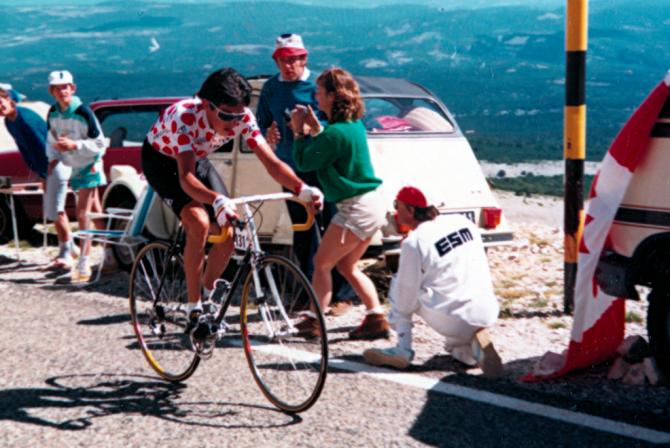
The Colombian squad were not the only ‘rookies’ in the Tour that year. Spanish squad Reynolds, later to morph into the legendary Banesto squad, were also making their Tour debut, and the two squads were often allocated the same team hotels, both in 1983 and 1984.
“They had a very tough time of it, they didn’t just come from another cycling culture and country from the other side of the world, the team belonged to a different category as well,” Francis Lafargue, who acted as a mixture of press officer, translator, and logistics manager for Reynolds tells Cyclingnews.
“They’d got two directors in from Europe, Ocaña and Raphael Geminiani, both of whom were very tough, charismatic figures. Ocaña brought in a soigneur, Juan Cruz, who was a friend of his, to give them massages, but I and the mechanics from Reynolds spent a lot of our time in their hotel rooms, advising them on things like gears. We’d have all the sprockets laid out on the bedroom floor, tell them to use this one for such-and-such a stage, this one for another.
“The poor guys had to face up 100 kilometre team time trial on the second stage, and although Ocaña told them to stay together, they didn’t and a lot of them got dropped.”
Café de Colombia finished last that day, more than 10 minutes down on the winners Coop-Mercier and two minutes down on the second-last squad, Boule d’Or. By 1984, after Ocaña quit directing the team, Café de Colombia-Varta became far more organised and, by the time they got to the Tour, their morale boosted by a highly successful Dauphine where Martin Ramirez had given some of the established stars like Bernard Hinault a pasting.
Rather like Bernal pre-Tour this year, the up-and-coming rider whom everybody was talking about was Lucho Herrera, who had been dramatically successful in the Clasico RCN race in Colombia, beating the likes of Laurent Fignon and LeMond. The big question was how the 23-year-old would get on in the Tour, where Café de Colombia-Varta were racing for a second straight year.
“Lucho was a wonderful guy, very straightforward and without any kind of ego,” Lafargue recalls, “but I remember when we got to the team hotel outside Paris, which we were sharing with the Colombians again, and everybody wanted to meet him, it was very odd – he wouldn’t come out of his room.
“We kept on wondering when we were going to meet him, and he was seemingly holed up in his room. Was he ill? Did he not like eating in company? What was it?”
The mystery was finally resolved, Lafargue says, when it turned out that Herrera had lost a segment of his false teeth on the first stage of the Tour after they dropped out on the road. The team leader was so embarrassed that he would only leave his room to race.
Where Herrera became unmissable of course, was on the stage to Alpe d’Huez, where he managed to drop both Bernard Hinault and Fignon to claim the victory. The first ever Tour stage win for Colombia, coming on such a prestigious summit, represented another major breakthrough. Herrera would go on to win the king of the mountains title in 1985 and 1987, the same year he won the Vuelta a España, but Colombia would still have to wait 35 years after that Alpe d’Huez triumph for its first overall victory at the Tour.
“It has surprised me that it’s taken such a long time to win,” reflects Lafarague. “Don’t forget that beyond Lucho and Parra in the 1980s they’ve had brilliant climbers in the 1990s like [Oliverio] Rincon. Then there were loads of other top riders in that era like Chepe Gonzalez in Kelme or Nelson Rodriguez [the previous winner in Val Thorens – ed.] when he raced for Gianni Savio’s squad.
“Sometimes it is complicated for them. Like the Australians and Americans, they end up missing their home country badly, it’s a long way from here to there. But at Ineos they are handling him well. You can just see that from the results.”
And while it’s been a long time since ‘Cochise’ Rodriguez and Café de Colombia first blazed a trail for the country’s cycling, Bernal has finally turned the sueño amarillo into something real.
Alasdair Fotheringham has been reporting on cycling since 1991. He has covered every Tour de France since 1992 bar one, as well as numerous other bike races of all shapes and sizes, ranging from the Olympic Games in 2008 to the now sadly defunct Subida a Urkiola hill climb in Spain. As well as working for Cyclingnews, he has also written for The Independent, The Guardian, ProCycling, The Express and Reuters.
